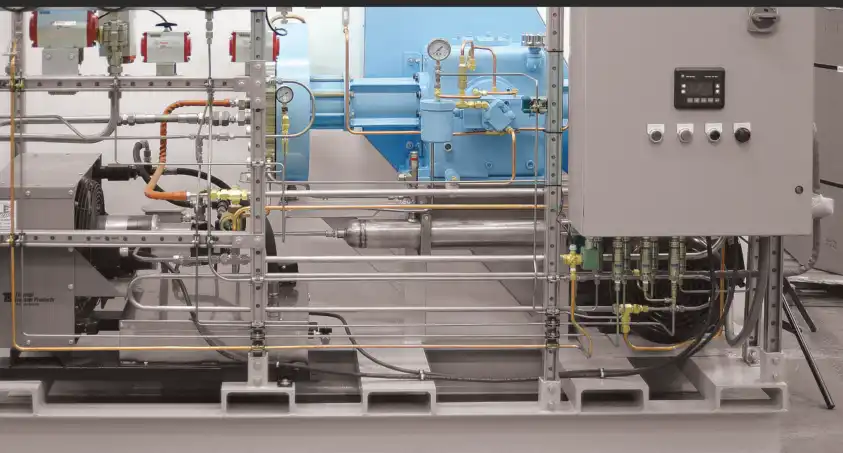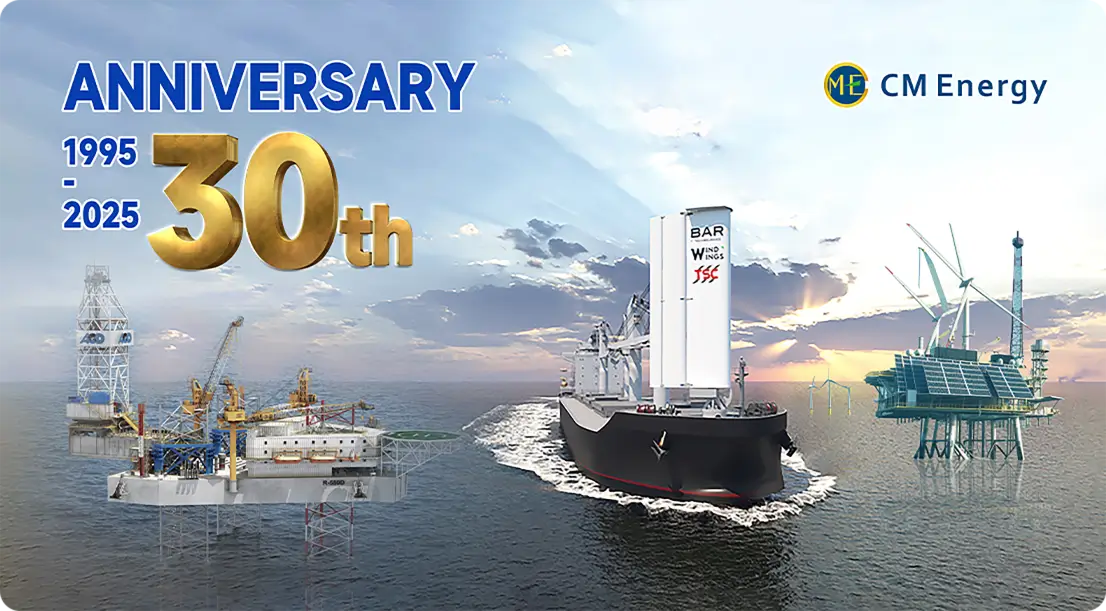Safety measures in high-pressure hydrogen systems
Safety is paramount in hydrogen fueling stations due to the high pressures involved and hydrogen's flammable nature. Robust safety protocols and equipment are essential to prevent leaks, minimize risks, and ensure reliable operation.
Material selection and integrity testing
Hydrogen fueling stations utilize specialized materials capable of withstanding high pressures and preventing hydrogen embrittlement. Components such as storage tanks, piping, and valves are constructed from hydrogen-compatible materials like certain stainless steels or composite materials. Regular integrity testing, including pressure tests and non-destructive evaluations, helps maintain system safety and reliability.
Leak detection and emergency shutdown systems
Advanced leak detection systems are integral to hydrogen fueling station safety. These systems employ sensors to monitor hydrogen levels in the air and can trigger automatic shutdowns if leaks are detected. Emergency shutdown valves are strategically placed throughout the system to quickly isolate sections in case of a malfunction or leak. Additionally, ventilation systems are designed to prevent hydrogen accumulation in enclosed spaces.
Training and operational procedures
Comprehensive training programs for station operators and maintenance personnel are crucial for safe operation. These programs cover proper handling procedures, emergency response protocols, and regular maintenance routines. Clear operational guidelines and checklists help ensure consistent adherence to safety standards during fueling operations and maintenance activities.
Key components of hydrogen pressure control
Effective pressure control in hydrogen fueling stations relies on several key components working in harmony. These components manage the compression, storage, and dispensing of hydrogen at various pressure levels.
Compressors
Compressors are the heart of the pressure control system in hydrogen fueling stations. They elevate the pressure of incoming hydrogen from supply sources to the high pressures required for vehicle fueling. Multi-stage compressors are commonly used to achieve the necessary pressure levels efficiently. TSC's advanced compressor designs incorporate features like oil-free operation and precise pressure control to ensure high performance and reliability.
Storage vessels
High-pressure storage vessels are essential for maintaining a ready supply of pressurized hydrogen. These vessels are typically arranged in banks at different pressure levels, allowing for efficient cascade filling of vehicles. The storage system acts as a buffer, enabling rapid fueling even when compressors are not actively running. Advanced composite materials are often used in modern storage vessels to achieve high pressure ratings while minimizing weight.
Pressure regulation valves
Pressure regulation valves play a critical role in controlling hydrogen flow and pressure throughout the fueling station. These valves modulate the pressure between different system components and ensure that the correct pressure is delivered to the vehicle during fueling. Precise control is essential to prevent overpressurization and ensure optimal fill rates.
Cooling systems
Cooling systems are crucial for managing the heat generated during hydrogen compression and to precool hydrogen before dispensing. Effective cooling ensures that the temperature of the dispensed hydrogen meets safety standards and vehicle manufacturer specifications. This is particularly important for high-pressure (700 bar) fueling, where the heat of compression is more significant.
Challenges and innovations in H2 compression
As the hydrogen economy grows, fueling station technology continues to evolve to meet new challenges and improve efficiency. Several key areas of innovation are driving progress in hydrogen compression and pressure regulation.
Efficiency improvements
Enhancing the energy efficiency of hydrogen compression is a major focus of ongoing research and development. Innovations in compressor design, such as improved sealing technologies and optimized compression cycles, are helping to reduce energy consumption in hydrogen fueling stations. CM Energy is at the forefront of these advancements, developing compressors that achieve higher efficiencies while maintaining reliability.
Scaling for high-capacity stations
As hydrogen adoption increases, there is a growing need for higher capacity fueling stations. This presents challenges in scaling up compression and storage systems while maintaining safety and efficiency. Innovations in modular station design and larger capacity compressors are addressing these challenges, enabling the development of stations capable of fueling heavy-duty vehicles and supporting higher daily throughput.
Integration of renewable hydrogen production
The integration of on-site renewable hydrogen production with fueling stations presents both opportunities and challenges for pressure regulation. Electrolyzer technologies producing hydrogen at varying rates and pressures require flexible compression systems capable of handling fluctuating inputs. Advanced control systems and buffer storage solutions are being developed to manage these dynamic production profiles effectively.
Conclusion
Hydrogen pressure regulation is a complex but essential aspect of hydrogen fueling station operation. Through careful system design, advanced component selection, and rigorous safety measures, modern fueling stations can safely and efficiently manage the high pressures required for hydrogen vehicle refueling. As the hydrogen economy continues to grow, ongoing innovations in compression technology, materials science, and control systems will further enhance the performance and reliability of hydrogen fueling infrastructure.
The advancements in hydrogen fueling station technology, particularly in pressure regulation, are paving the way for wider adoption of hydrogen as a clean energy carrier. Companies like TSC are playing a crucial role in this transition, providing cutting-edge solutions that address the challenges of high-pressure hydrogen handling. As the technology continues to mature, we can expect to see even more efficient, safer, and more widespread hydrogen fueling infrastructure supporting the transition to a low-carbon transportation sector.
FAQ
1. What pressures are typically used in hydrogen fueling stations?
Hydrogen fueling stations typically operate at two main pressure levels: 350 bar (5,000 psi) and 700 bar (10,000 psi). The 350 bar systems are often used for buses and some light-duty vehicles, while 700 bar systems are more common for passenger cars, providing a longer driving range.
2. How long does it take to refuel a hydrogen vehicle?
Refueling a hydrogen vehicle typically takes 3-5 minutes, comparable to refueling a conventional gasoline vehicle. This quick refueling time is one of the advantages of hydrogen fuel cell vehicles over battery electric vehicles, which often require longer charging times.
3. Are hydrogen fueling stations safe?
Yes, hydrogen fueling stations are designed with multiple safety features and undergo rigorous testing and certification processes. They incorporate advanced leak detection systems, emergency shutdown mechanisms, and use materials specifically chosen for their compatibility with high-pressure hydrogen. When properly maintained and operated, hydrogen fueling stations have an excellent safety record.
Partner with CM Energy for Advanced Hydrogen Fueling Solutions
As a leading hydrogen fueling station manufacturer, CM Energy offers state-of-the-art solutions for your hydrogen infrastructure needs. Our advanced pressure regulation systems ensure safe, efficient, and reliable hydrogen dispensing. With customizable equipment packages and comprehensive EPC services, we deliver tailored solutions to meet your specific requirements. Experience the future of clean energy with CM Energy's innovative hydrogen fueling technology.
For more information on our hydrogen fueling station solutions, contact our experts at info.cn@cm-energy.com. Let's work together to build a sustainable hydrogen future.
References
- National Renewable Energy Laboratory. (2023). "Hydrogen Fueling Station Components and Operation: A Comprehensive Guide."
- International Journal of Hydrogen Energy. (2022). "Advances in High-Pressure Hydrogen Storage and Dispensing Technologies for Fuel Cell Vehicles."
- Society of Automotive Engineers. (2024). "SAE J2601: Fueling Protocols for Light Duty Gaseous Hydrogen Surface Vehicles."
- Journal of Power Sources. (2023). "Safety Considerations in High-Pressure Hydrogen Systems for Transportation Applications."
- Hydrogen and Fuel Cell Technologies Office, U.S. Department of Energy. (2024). "Hydrogen Fueling Infrastructure Development: Best Practices and Lessons Learned."
- International Organization for Standardization. (2022). "ISO 19880-1:2020 Gaseous hydrogen — Fueling stations — Part 1: General requirements."


